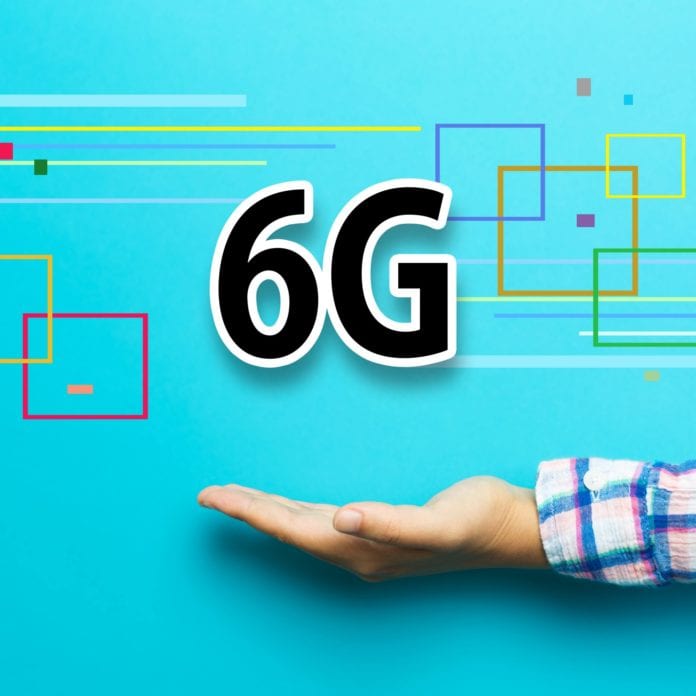An international team of researchers from Japan and Finland will work to develop technologies and standards for future 6G technologies as part of a joint research agreement between the two countries, the University of Tokyo said in a release.
Japan and Finland have initiated a bilateral partnership through a collaboration between the University of Tokyo and the University of Oulu in Finland. Over the next few years, a roadmap for the 6G standard will be created, and research into the technological components carried out.
Matti Latva-aho, academy professor at the University of Oulu and director of the national 6G Flagship research program in Finland, will collaborate with Professor Akihiro Nakao at UTokyo’s Graduate School of Engineering, and their team will work to research and develop future 6G technologies and technical standards.
6G Flagship is a research, development and innovation program funded by the Academy of Finland and the University of Oulu for the 2018−2026 period.
“It’s not just about higher speeds and faster response, though these things will be improved,” said Nakao. “The aims of 6G include massive improvement in power efficiency, security based on quantum mechanics, AI-driven network optimization, integration with satellite networks and more. For day-to-day life, all this means people will have a more seamless experience communicating with each other, as well as interacting with services and devices.”
According to the University of Tokyo, some areas of life that could benefit from 6G include healthcare, where low-power embedded sensors could communicate health data in real time to doctors, or even disaster response, as integration with satellite platforms means that if ground-based infrastructure is damaged then essential communication can be maintained. This is especially important in countries like Japan where earthquakes, tsunamis, floods and even volcanoes are very real hazards that affect peoples’ lives.
“As an engineer, the development of technology is of course very exciting, but 6G goes beyond that. Rather than a communications infrastructure, it feels more like a social infrastructure,” said Nakao. “We have acquired funding for 10 large-scale national projects, including semiconductor development, augmented reality, satellite communications and more. And we hope to bring the fruits of our research to the university campus, where we can demonstrate the capabilities of 6G firsthand by offering immersive, remote hands-on lectures before rolling out the technology to the public.”
In June, the Finnish 6G Flagship research program coordinated by the University of Oulu and the Beyond 5G Promotion Consortium of the Japanese Ministry of Internal Affairs and Communications had signed an agreement for joint collaboration in the field of “6G” technologies.
In addition, the goal of this partnership is to contribute significantly to the global standardization and regulatory development of 6G technology.
Beyond 5G Promotion Consortium members include the University of Tokyo, NTT Docomo, KDDI, SoftBank Group and Rakuten Mobile.
Earlier this year, South Korea said it aims to deploy the world’s first commercial 6G network in 2028, and announced a program to develop the core standards and technologies within the next five years.
The Korean government unveiled a five-year plan to spend some 220 billion won ($193 million) on the development of core technologies for 6G.
Many other countries, including China, the European Union, and the United States have also launched projects, programs, and alliances to shape the 6G framework and main business focus. In February, a 6G research project involving major European operators was announced, while U.S. carriers had previously committed to the Next G Alliance, a group established with the main goal of defining 6G technology.
The initial commercial deployments of 6G technology are forecast to take place between 2028 and 2029, according to global tech market advisory firm ABI Research.
The research firm also said it expects the first standards for 6G to be ready by 2026.

